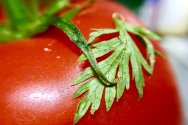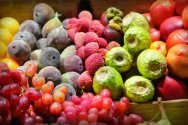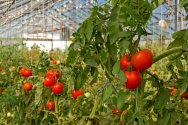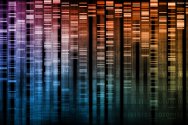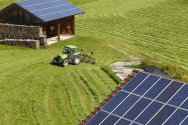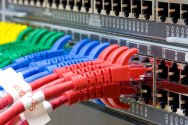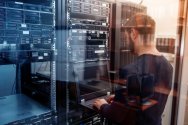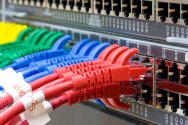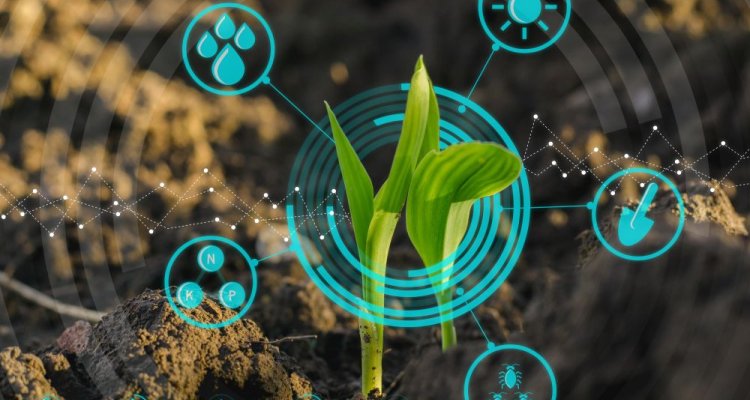
Digital Twins
Digital Twins are virtual versions of both living and non-living organisms and objects such as cells, plants, animals, humans and ecosystems, and inanimate objects such as food chains and supply chains. With Digital Twin projects, WUR strives to achieve significant scientific and societal breakthroughs in its domain.
Digital Twins can be used to describe, analyse and simulate processes and organisms through data-integration, artificial intelligence (AI) and machine learning. This not only allows us to better understand, describe and analyse reality, it also enables us to predict the future of these objects more accurately.
Advantages of digital twins
One of the benefits of a digital twin in comparison to a traditional crop model is that the twin model is continuously updated according to the real-time, actual circumstances in the greenhouse. Thus, the model’s accuracy is increased continuously.
Start 3 digital twin projects
Wageningen University & Research has launched its first 3 digital twin projects in January 2020:
Collaboration is of primary importance in this investment programme, not in the least because a successful digital twin requires expertise from different disciplines.
